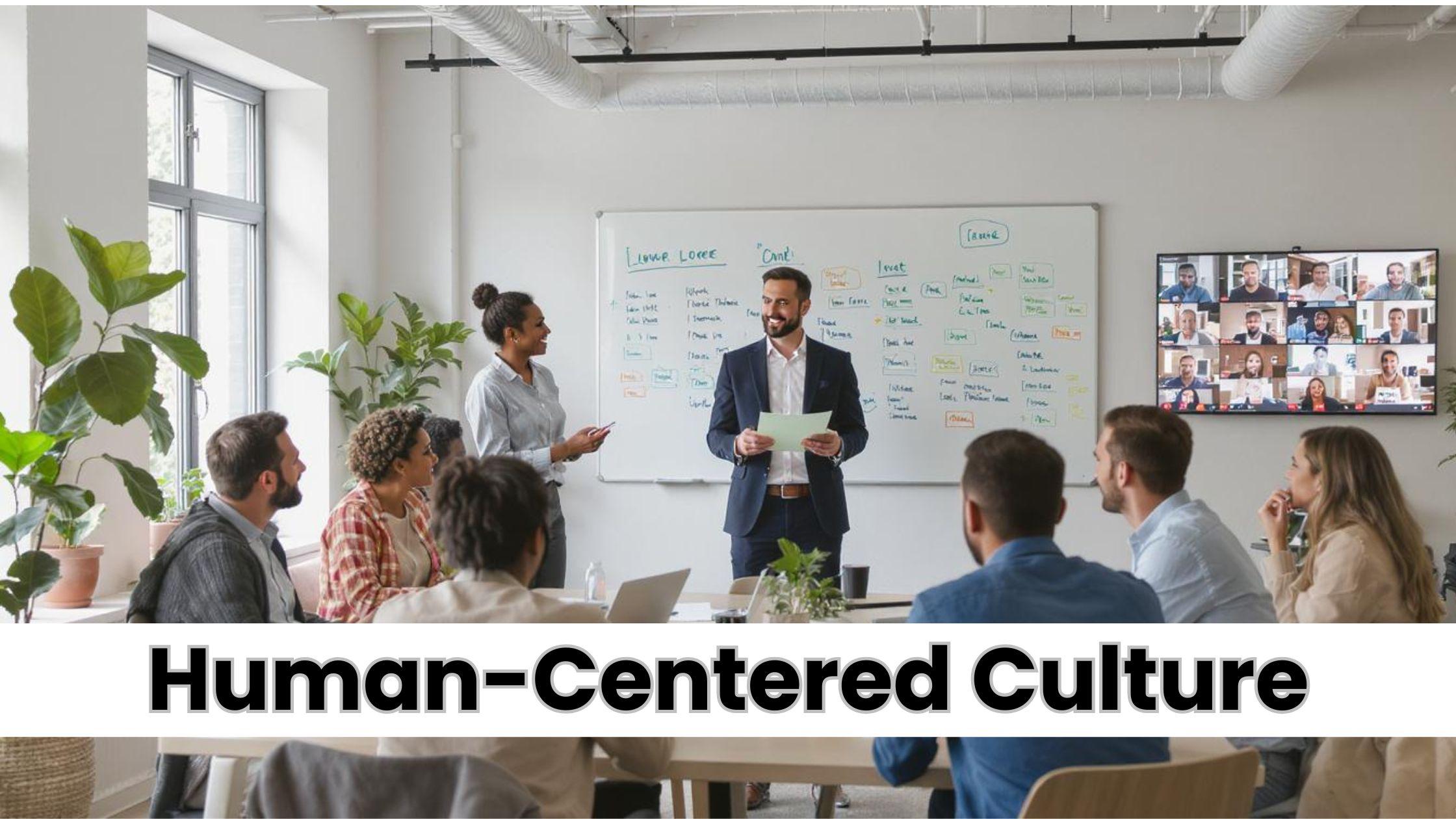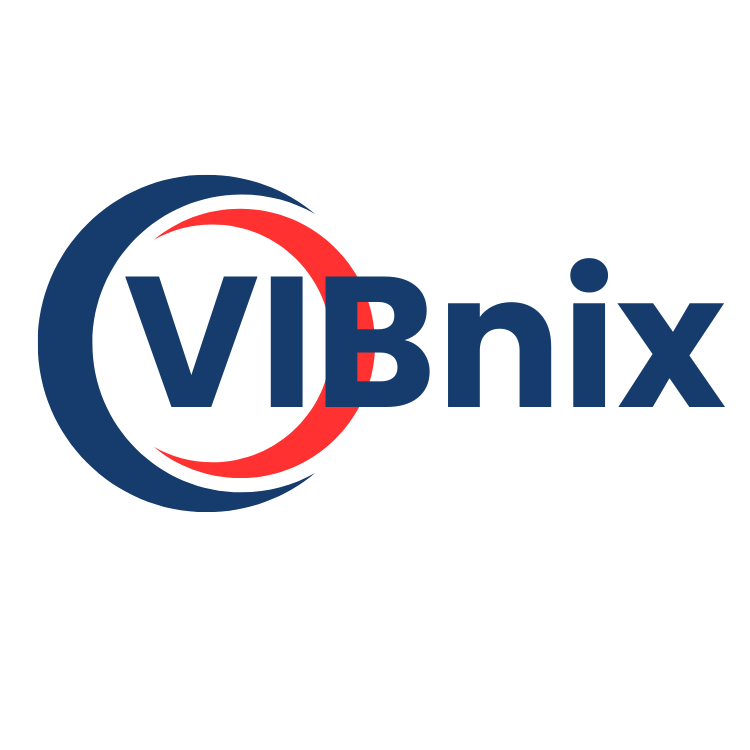Why Human-Centered Culture Sparks True Workplace Agility

Organizations today face unprecedented challenges in maintaining competitiveness, innovating rapidly, and responding to market changes. Achieving true workplace agility goes beyond adopting methodologies or tools—it starts with a Human-Centered Culture. By placing people at the heart of strategy and operations, businesses can foster engagement, resilience, and adaptability. On behalf of Businessinfopro, this article explores how a culture that prioritizes human needs drives the agility essential for long-term success.
Defining Agility in the Modern Workplace
Agility is not just about speed or flexibility; it’s the ability of an organization to pivot effectively while maintaining alignment with its mission and values. Traditional frameworks like Agile or Lean are tools, but without a Human-Centered Culture, they fail to achieve their full potential. A workforce that feels valued, respected, and empowered becomes the real engine of agility, applying skills and creativity to overcome challenges and seize opportunities.
Employees as Innovation Drivers
The core of Human-Centered Culture is recognizing employees as innovators rather than mere task executors. Agile organizations empower their workforce to make decisions, experiment, and collaborate across teams. When employees have ownership of projects and processes, they become proactive in problem-solving, reducing delays and enhancing responsiveness. By fostering initiative, organizations cultivate a culture where agility is inherent, not imposed.
Leadership and Cultural Modeling
Effective leadership is vital for embedding Human-Centered Culture. Leaders must prioritize empathy, transparent communication, and adaptability. By modeling these behaviors, leaders set expectations for the entire organization. Employees emulate this approach, creating an environment where experimentation is encouraged, mistakes are treated as learning opportunities, and collaboration flourishes—all of which strengthen workplace agility.
Building Trust for Faster Decision-Making
Trust is fundamental to both Human-Centered Culture and agile operations. Employees who trust their leaders feel confident making decisions and sharing ideas without fear of negative consequences. Leaders who trust their teams reduce micromanagement, enabling faster responses to market changes. Trust also fosters psychological safety, ensuring employees can challenge assumptions and propose innovative solutions that drive agility.
Enhancing Agility Through Collaboration
Collaboration is a hallmark of agile organizations. Human-Centered Culture removes silos and encourages cross-functional teamwork, promoting knowledge sharing and creativity. Employees in a collaborative environment are more likely to generate innovative solutions and adapt strategies quickly. Collaboration ensures that diverse perspectives are integrated into decision-making, enhancing organizational responsiveness.
Diversity, Inclusion, and Agility
Diverse perspectives are critical to agility. Human-Centered Culture emphasizes inclusivity, ensuring all voices are heard and valued. Inclusive environments encourage innovative thinking, problem-solving, and adaptability. By leveraging diverse insights, organizations are better prepared to navigate complex challenges, respond to changing customer needs, and maintain a competitive edge in dynamic markets.
Empowerment and Ownership
Empowered employees drive workplace agility. Human-Centered Culture emphasizes autonomy and accountability, allowing employees to take ownership of decisions and projects. This sense of responsibility accelerates action, reduces bottlenecks, and fosters a proactive approach to challenges. Ownership also strengthens engagement and commitment, making employees invested in the organization’s success.
Continuous Learning and Adaptability
Agile workplaces prioritize continuous learning. Human-Centered Culture integrates development programs, mentoring, and knowledge-sharing initiatives to keep employees up-to-date with industry trends and technological advancements. A learning-focused environment enhances adaptability, equipping employees with the skills and mindset to respond effectively to change. Continuous learning embeds agility into daily practices, creating a resilient workforce.
Emotional Intelligence and Agility
Emotional intelligence (EQ) is essential in agile organizations. Human-Centered Culture nurtures EQ by promoting empathy, self-awareness, and interpersonal skills. Employees with high EQ can navigate uncertainty, resolve conflicts, and collaborate effectively, contributing to organizational agility. A culture that values emotional intelligence ensures that change is managed smoothly, and teams remain cohesive during transitions.
Leveraging Technology to Support Culture
Technology can amplify agility but only when it supports Human-Centered Culture. Tools for communication, project management, and data analytics enhance collaboration, decision-making, and knowledge sharing. When employees are engaged and empowered, technology becomes an enabler of agility rather than a replacement for human insight. Culture-driven adoption ensures that digital tools enhance performance and responsiveness.
Customer-Centric Approach
Workplace agility extends to external stakeholders. Human-Centered Culture aligns employee engagement with customer needs, ensuring that services and products evolve in line with market demands. Engaged employees deliver superior experiences, anticipate changes, and adapt processes efficiently. This alignment strengthens agility, translating internal culture into measurable business outcomes.
Resilience and Sustainable Agility
Agility requires resilience—the ability to recover quickly from setbacks. Human-Centered Culture promotes resilience by providing emotional and professional support to employees. Programs for wellness, mentorship, and skills development empower teams to handle challenges without compromising performance. Resilient organizations maintain operational continuity, demonstrating sustainable agility over time.
Embedding Human-Centered Culture for Lasting Impact
To achieve lasting workplace agility, organizations must embed Human-Centered Culture into every layer of operations. This includes leadership, collaboration, decision-making, learning, and employee engagement. By prioritizing the human experience, organizations create a workforce that is motivated, innovative, and adaptable, capable of responding to evolving business challenges with confidence and efficiency.
Read Full Article : https://bizinfopro.com/blogs/hr-blogs/why-workplace-agility-begins-with-human-centered-culture/
About Us : BizInfoPro is a modern business publication designed to inform, inspire, and empower decision-makers, entrepreneurs, and forward-thinking professionals. With a focus on practical insights and in‑depth analysis, it explores the evolving landscape of global business—covering emerging markets, industry innovations, strategic growth opportunities, and actionable content that supports smarter decision‑making.
- Vibnix Blog
- Politics
- News
- Liberia News
- Entertainment
- Technology
- Éducation
- Art
- Causes
- Crafts
- Dance
- Drinks
- Film
- Fitness
- Food
- Jeux
- Gardening
- Health
- Domicile
- Literature
- Music
- Networking
- Autre
- Party
- Religion
- Shopping
- Sports
- Theater
- Wellness



